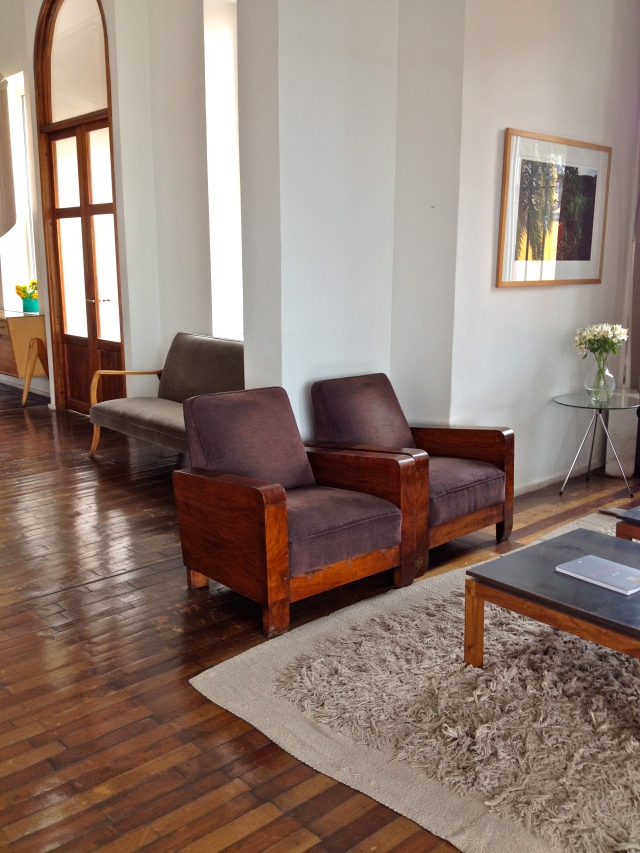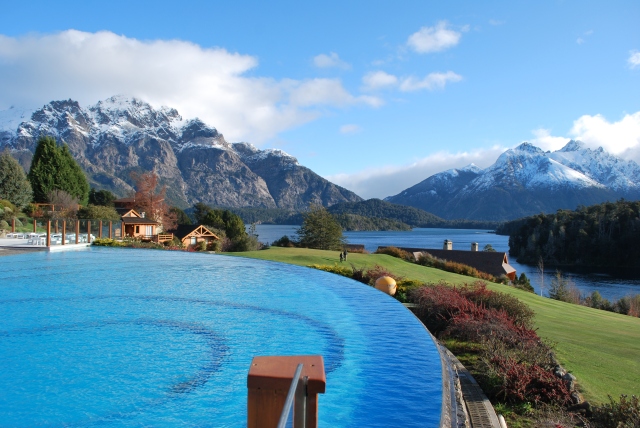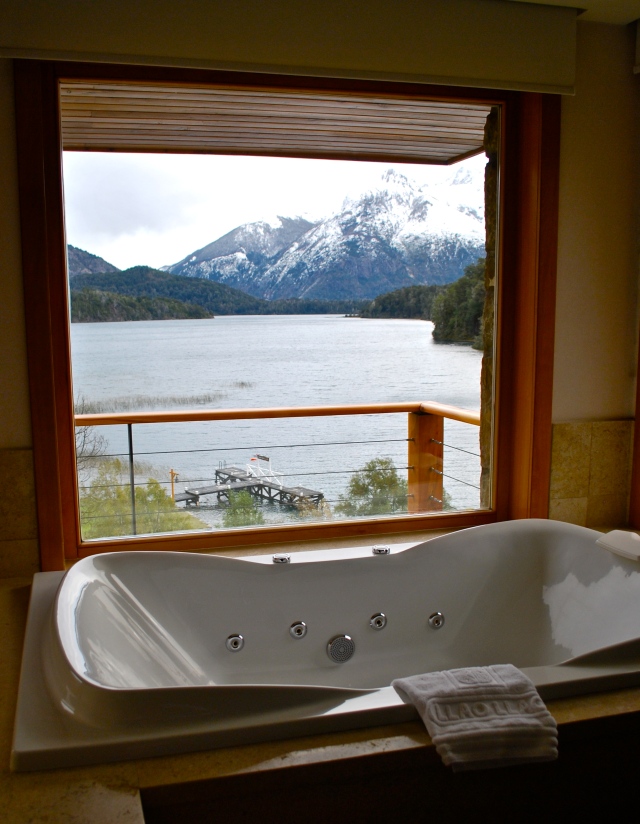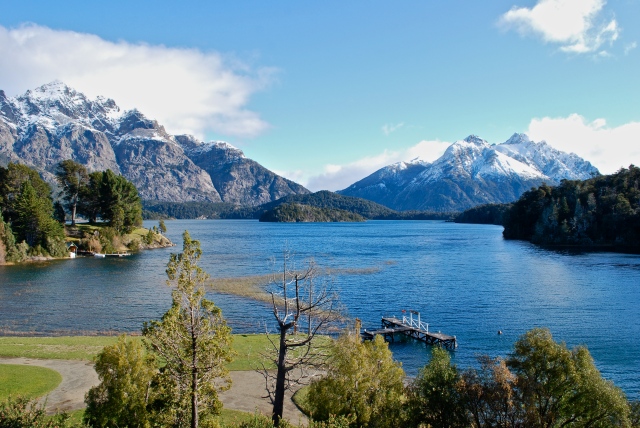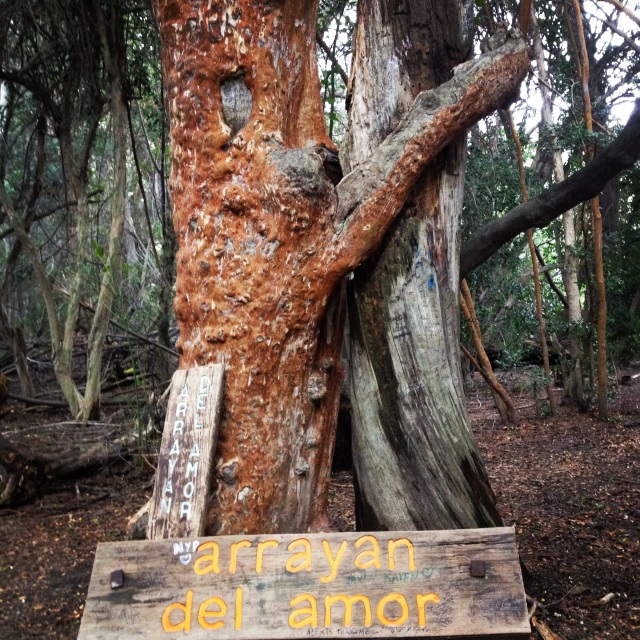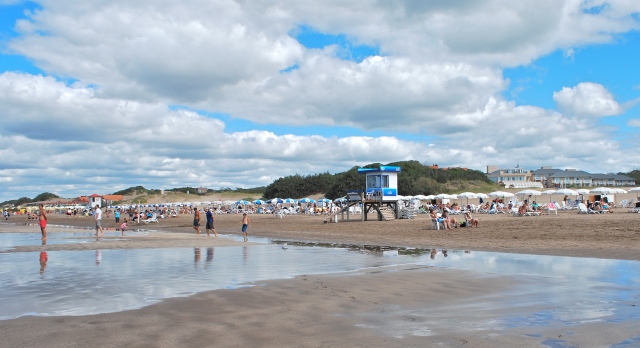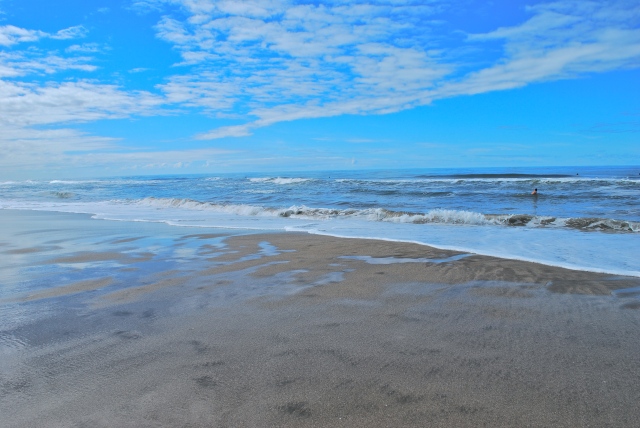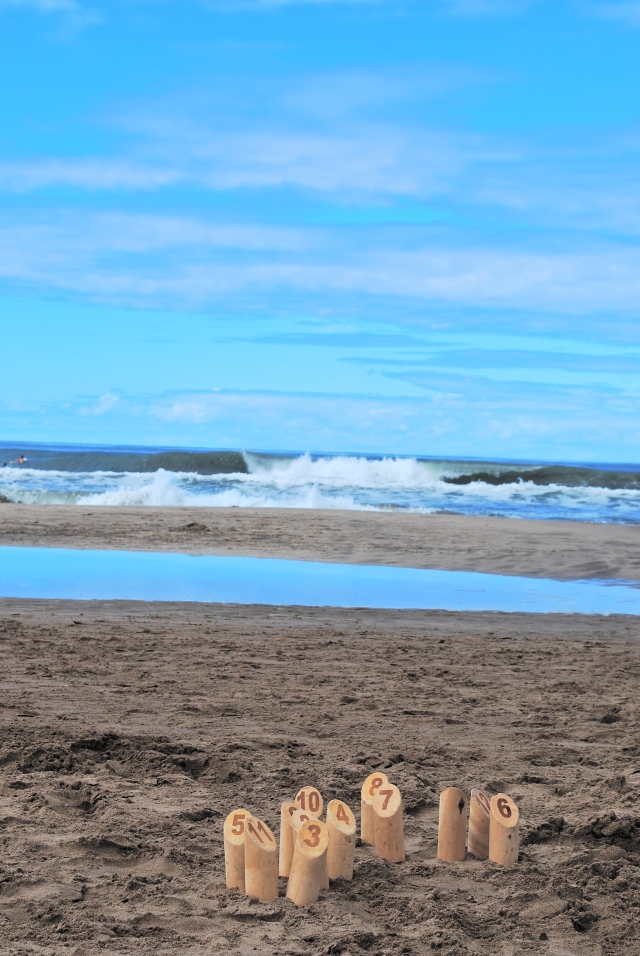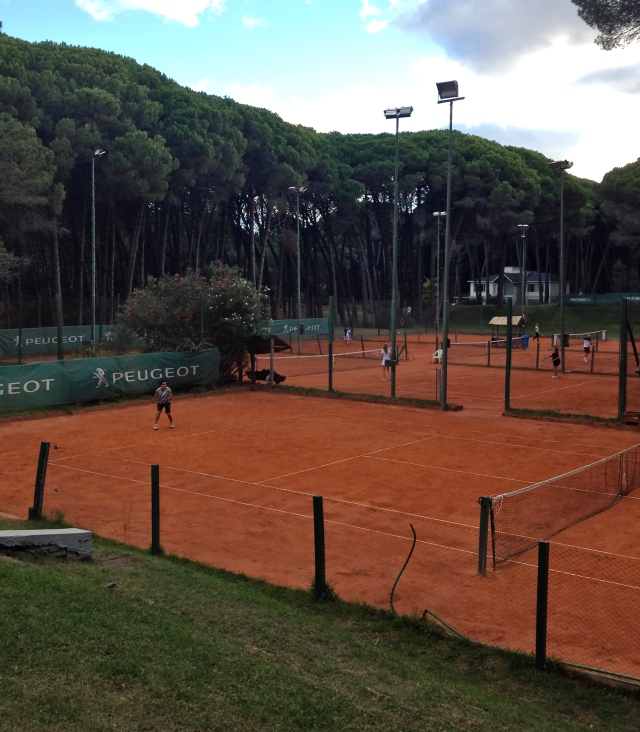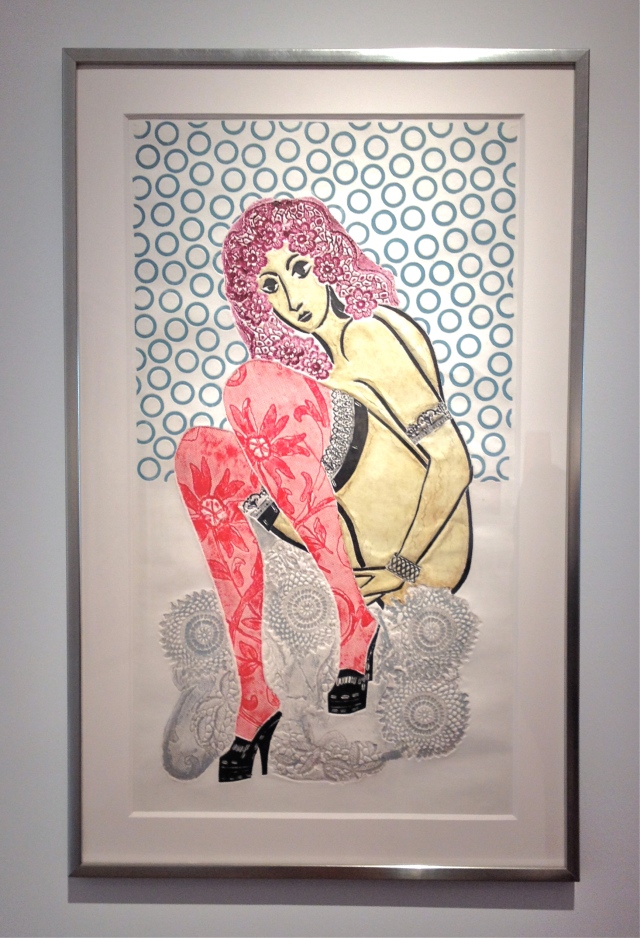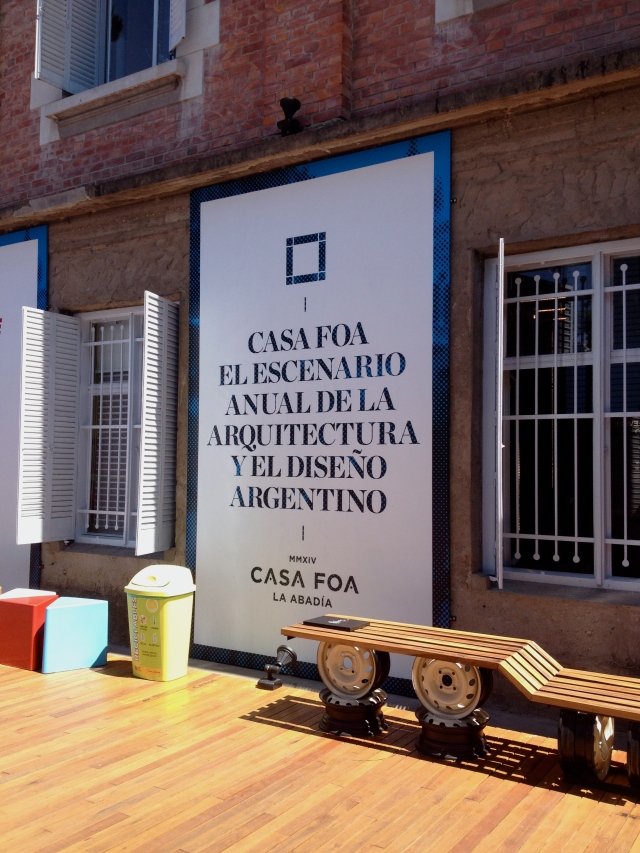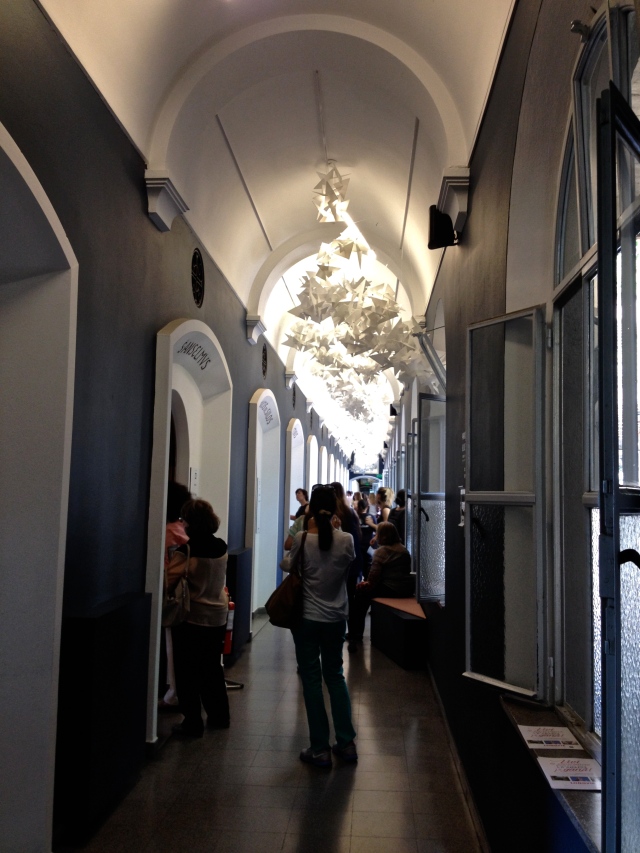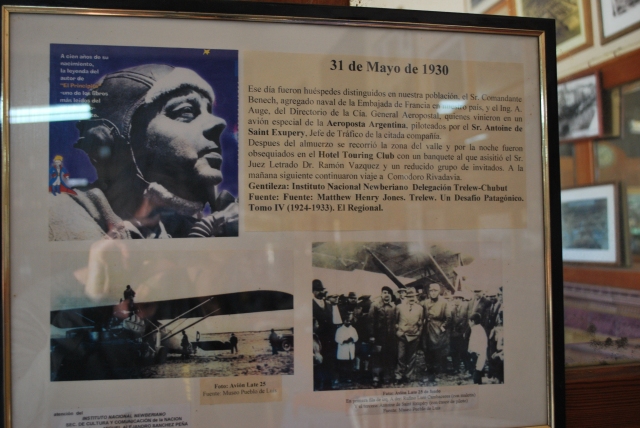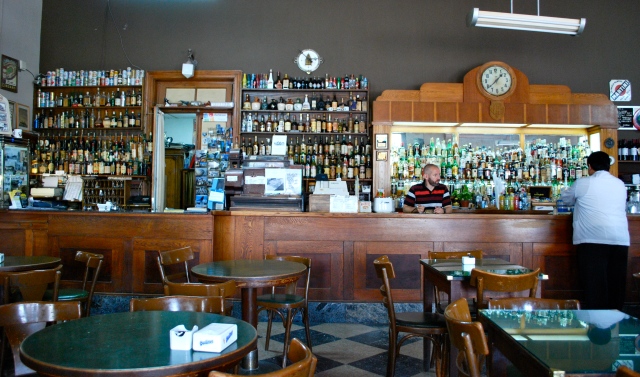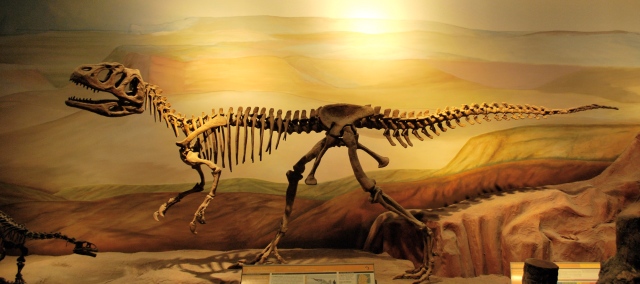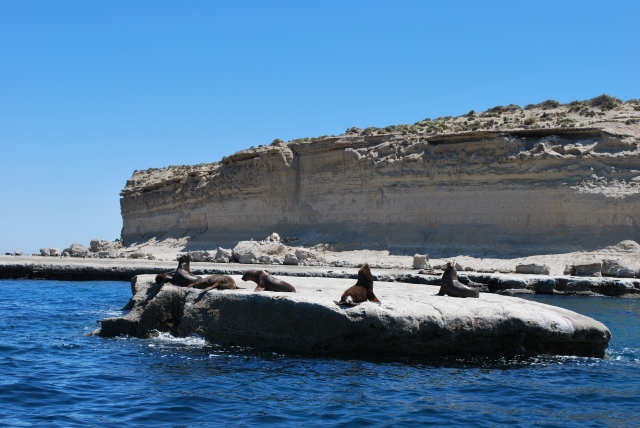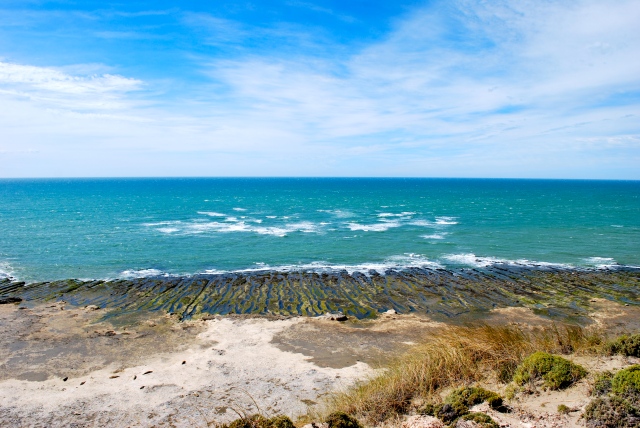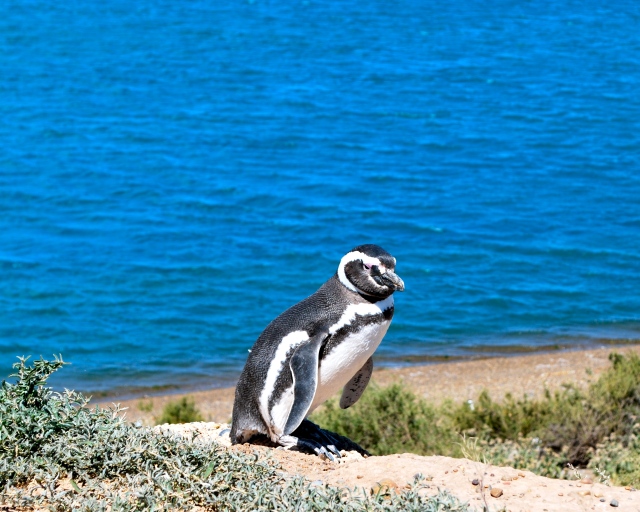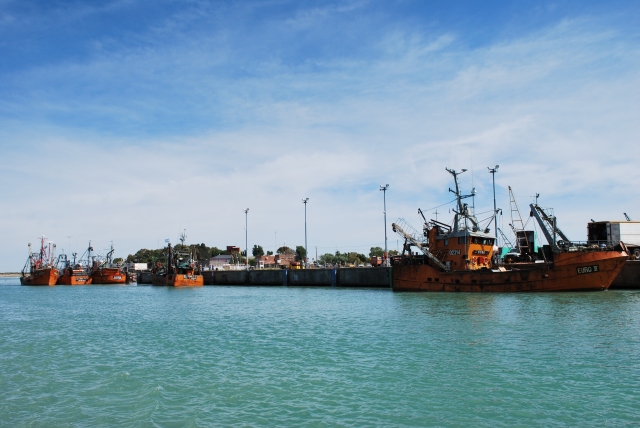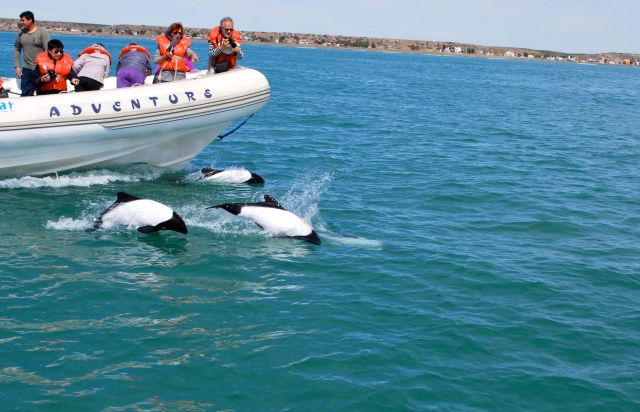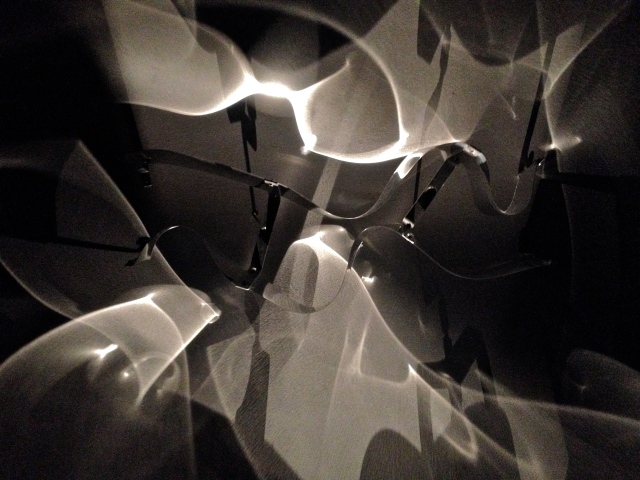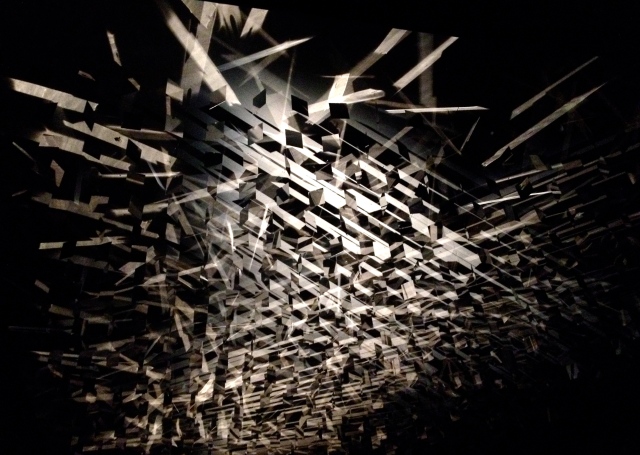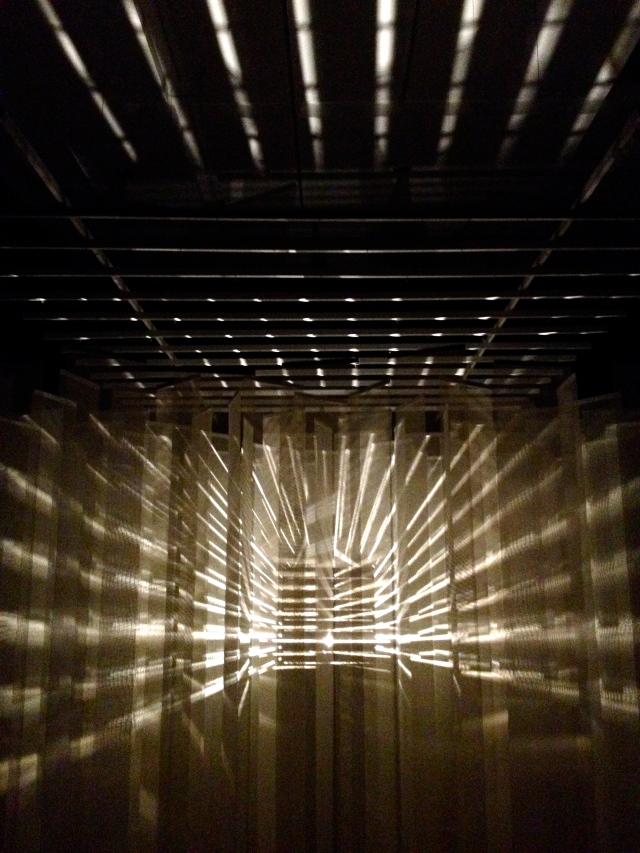 Valparaiso has been on the top of our list for a very long time.
Valparaiso has been on the top of our list for a very long time.
Located 1.5hr from Santiago en Chile, this seaport also known as the “chaotic” San Francisco seemed to offer everything we were looking for.
During the 19th century and the Goldrush, Vaparaiso played a very important role being the major stopover for ships betweeen Europe and Pacific coast but its golden age ended with the opening of Panama Canal in 1914.
In 2003, Valparaiso was declared a UNESCO World Heritage Site and this area is now recovering his prestige.
Valpo was built over 45 hills called cerros all connected by winding alleys, endless stairways and a unique system of elevators.
To get to know the city, we booked a walking tour with the agency 4Tips.
During more than 3 hours, we followed our tour guide Fernanda, a very friendly Chilean who explained us everything about her city, a bit of history, geography and culture. To get familiar with the habits of the porteños, we took a funicular, a trolley, ate an alfajor and drank some chicha, the local drink.
It’s really worth taking a tour because it gives you a global view of the city and lots of informations, tips and good addresses that we tried afterwards. If we go to Santiago, we’ll certainly book a tour with them again.
Without our guide, we kept walking around admiring the colorfull frontages and graffiti, Valparaiso being the street art capital of Chile. This city is definitely charming and very boho but on the other side it’s really dirty. Due to the configuration of the seaport, it’s quite tricky for the garbage trucks to do their work and the city is also full of stray dogs, (they’re not agressive at all though).
Another must is the Sebastiana, one of the 3 houses of Pablo Neruda (1904-1973, Nobel prize of litterature). It’s an amazing place facing the sea on 5 levels full of light. There is a great collection of pieces of art, maps, furniture, everything is perfectly detailed in the audio they give you at the entrance.
On Sunday morning, we went to the flea market on Argentina street, only the antiques part near the Parliament is worth it.
We chose to stay at the Palacio Astoreca, member of the Relais & Châteaux. The hotel is gorgeous and chic with a midcentury touch that we love. Rooms have a beautiful view over the port and they’re furnished with a great style.
We have enjoyed the piano bar and the menu dégustation (12 delicious dishes) at Alegre restaurant. Very close, we have also tried the Montealegre restaurant with a stunning terrace and a nice menu.
For a more local place, we’ve been to the Pimenton recommended by Fernanda from 4tips, a very colourful tiny restaurant where we tried the very traditional Chorillana. It’s a mix of french fries, beef, onions and eggs, definitely heavy but very typical !
The Fauna is a nice option too, a modern cafe-restaurant with a very pleasant terrace. We also bumped into a quite new boutique hotel the MM450, great deco with lots of white/grey/wood, could be an option if we come back.
Valparaiso is definitely a great get away for a week end. I wouldn’t recommend it for young kids, as you need to walk a lot and sidewalks are definitely not suitables for strollers.
It’s said that people either hate or love Valparaiso, we certainly loved it !

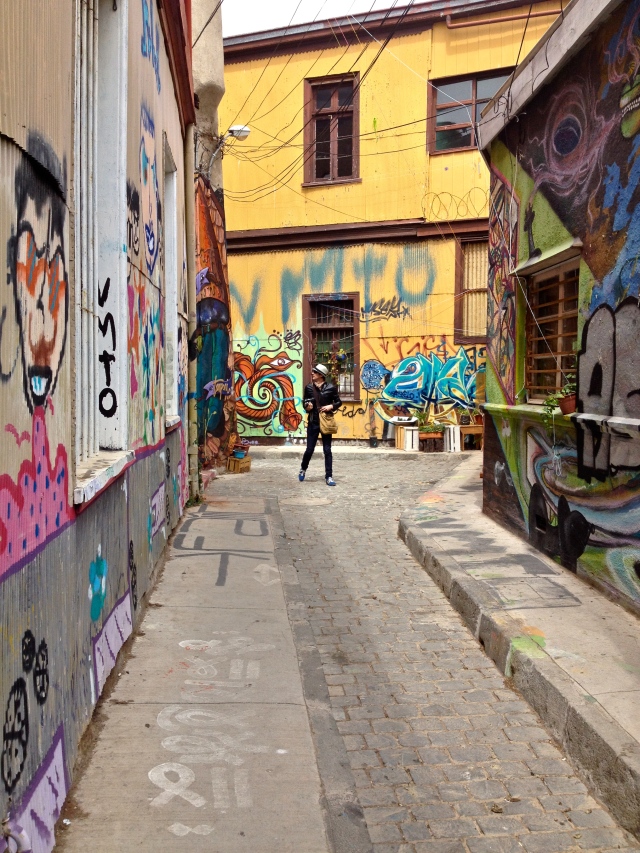
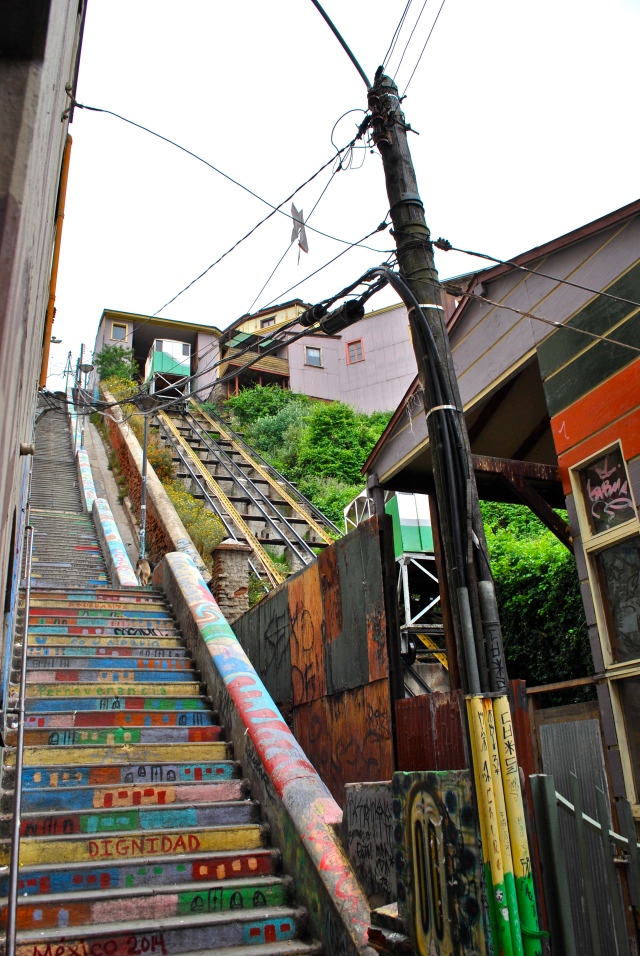


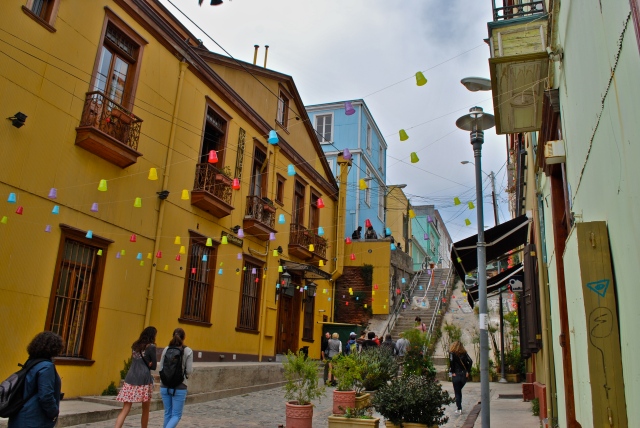

Son nom fait rêver, située à 1h30 de Santiago du Chili, cette ville portuaire aux faux-airs de San Francisco a tout pour séduire.
Passage obligatoire entre l’Europe et la côte Pacifique américaine pendant la Ruée vers l’or, la ville a connu son apogée au 19ème siècle, mais l’ouverture du Canal de Panama en 1914, annonce son déclin.
En 2003, le site est classé au Patrimoine mondial de l’Unesco et grâce aux fonds débloqués, il retrouve, peu à peu de son prestige.
Valpo comme on l’appelle est composée de 45 petites collines-cerros qui sont connectées les unes aux autres par d’étroites rues sinueuses, de longs escaliers et même des funiculaires.
Afin de mieux connaitre la ville, nous nous sommes inscrits à une visite guidée organisée par 4 Tips. Pendant 3 heures, nous avons suivi Fernanda notre guide, arpenté la ville, pris un funiculaire, un trolley, connu l’histoire de la ville, mangé un alfajor et bu de la chicha, alcool local. Nous avons été enchantés par cette visite, nous avons ainsi mieux apprivoisé cette ville, repéré des restos, cafés, musées, une vraie mine d’informations et de bons plans. Si nous allons à Santiago prochainement, nous n’hésiterons pas à faire la visite avec 4 Tips.
Sans Fernanda et notre groupe, nous avons continué notre découverte des ruelles et des jolies façades colorées. Valparaiso possède un vrai charme, une ambiance bohème, par contre, les rues sont malheureusement très sales pour 2 raisons : la configuration qui fait que l’accès est difficile pour les camions de poubelle et les chiens errants très nombreux.
Autre étape incontournable de Valpo, la Sebastiana, une des 3 maisons de Pablo Neruda (1904-1973, prix Nobel de littérature) au Chili. Maison incroyable, totalement tournée vers la mer, baignée de lumière sur 5 étages. La collection de cartes maritimes, les peintures, les objets, le bar, chaque détail vaut la peine d’être inspecté, expliqué.
Le dimanche matin, nous sommes allés dans la rue Argentina, où il y a un marché aux puces sans grand intérêt, seule la partie antiquités près du Parlement, vaut la peine.
Pendant ce très agréable week end, nous sommes restés au Palacio Astoreca (un Relais & Châteaux). Magnifique hôtel plein de charme meublé art déco. Très belle chambre spacieuse avec une vue sur la baie. Nous avons profité du piano bar et dîné au restaurant Alegre, le menu dégustation de 12 plats (eh oui) est délicieusement raffiné.
Le restaurant Montealagre qui se trouve à 2 pas est aussi une belle adresse, il faut absolument réserver sur la terrasse dont la vue est sublime.
Pour une cuisine très locale, sur les conseils de Fernanda, nous sommes allés au Pimenton, sur Ecuador aux pieds de la Sebastiana. La Chorillana est le plat typique de Valparaiso, elle est composée de frites, d’oignons, de morceaux de boeuf et d’un oeuf au plat, petits appétits s’abstenir !! Excellente ambiance dans ce resto haut en couleurs.
Nous avons aussi beaucoup apprécié le café-restaurant Fauna et sa belle terrasse. Par hasard, nous sommes tombés sur un boutique hôtel très récent, le MM450, un bel endroit aussi dans une jolie rue calme.
Valparaiso est vraiment une jolie destination très dépaysante pour un week end et plutôt sans petits enfants (impossible d’utiliser une poussette et il faut beaucoup marcher).
Il parait que l’on aime ou l’on déteste, nous avons adoré !
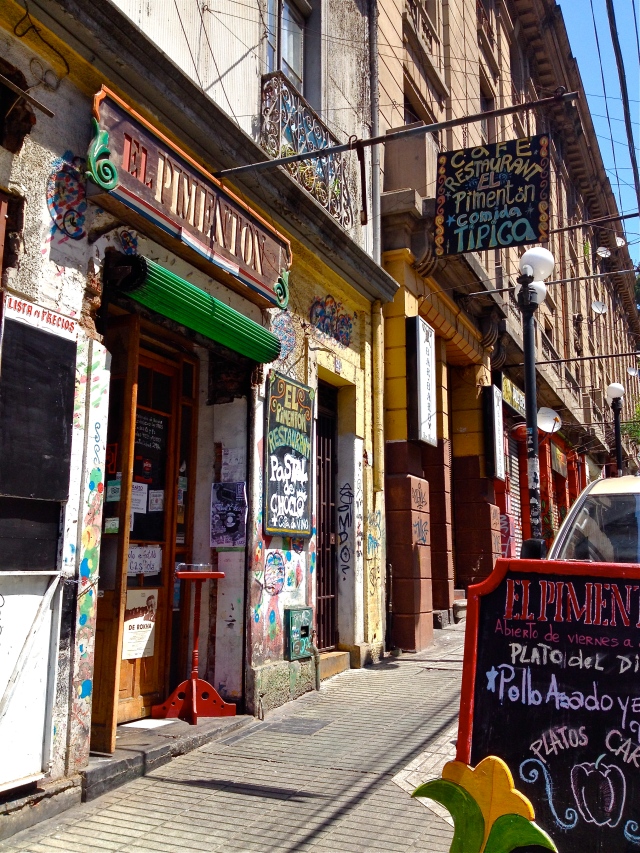

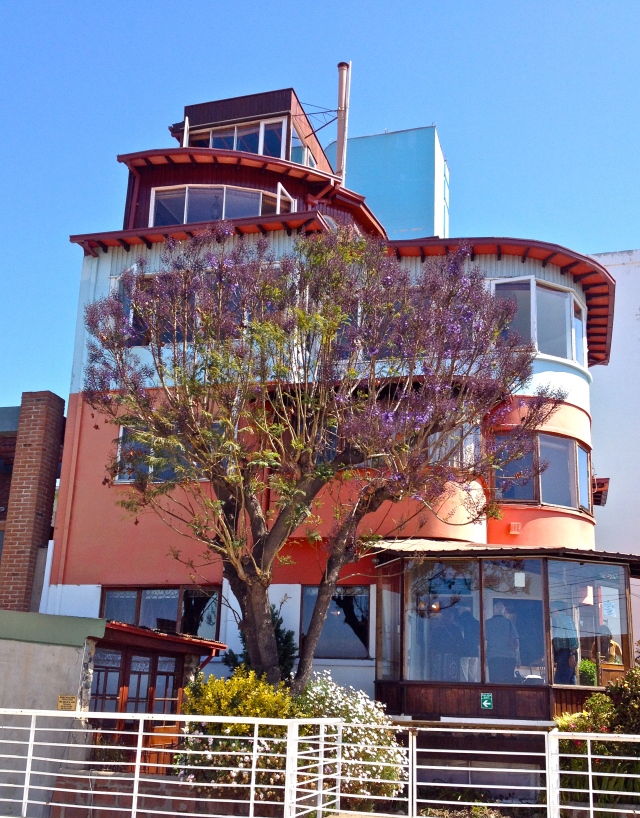
La Sebastiana

El Palacio Astoreca

